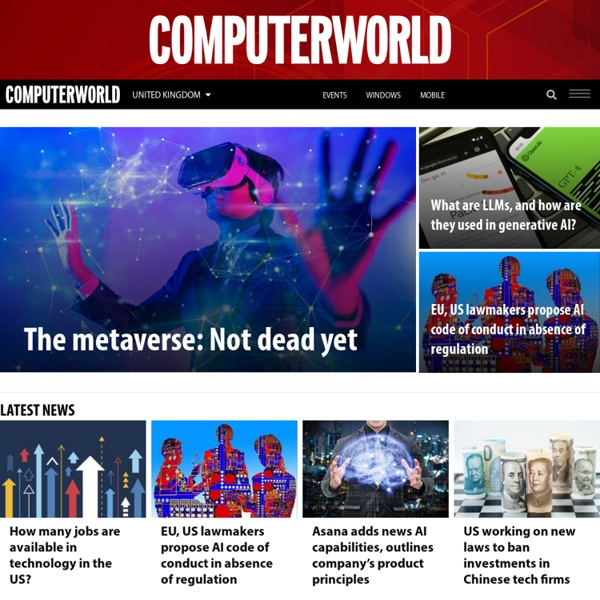



A molecular link between the active compon... [Mol Pharm. 2006 Nov-Dec Court approves first-of-its-kind data breach settlement News March 17, 2014 03:58 PM ET Computerworld - Courts have generally tended to dismiss consumer class-action lawsuits filed against companies that suffer data breaches if victims can't show that the the breach directly caused a financial hit. A federal court in Florida broke the mold by approving a $3 million settlement for victims of a data breach in which personal health information was exposed when multiple laptops containing the unencrypted data were stolen. The Dec. 2009 theft of laptops belonging to AvMed, a Florida-based health insurer, exposed the patient records of tens of thousands of its customers. Several victimes later filed a putative class action lawsuit against AvMed. The plaintiffs suffered no direct losses or identity theft from the breach but nevertheless accused AvMed of negligence, breach of contract, breach of fiduciary duty and unjust enrichment The U.S. However, upon appeal by the plaintiffs, the U.S. @jaivijayan or subscribe to Jaikumar's RSS feed .
Top 10 Bizarre & Controversial Archeological Discoveries Many strange archeological discoveries have been made in modern history. Hundreds of artifacts have been unearthed that have baffled scientists and challenged modern man’s view of history. Many of these objects have been labeled out of place artifacts or anachronisms. These archeological discoveries are always controversial and the scientific community is extremely selective in what they accept as fact. Every object on this list has been accused of being an elaborate hoax. In many cases, a conspiracy is the only explanation, without an extensive rewriting of the world’s history books. 10. Discovered: 1944 Attempts have been made to date these figures using Thermoluminescence, or TL dating, and the results suggested a date around 2500 BCE. 9. Discovered: 1938 The alleged story of the Dropa Stones is as follows. The disks were labeled the Dropa Stones. Tsum Um Nui claims that an alien spacecraft crashed in the Bayan Har Shan region 12,000 years ago. 8. Discovered: 1880s 7. Discovered: 1999
When doing the right thing isn't enough A few weeks ago, a good friend of mine fell victim to the CryptoLocker exploit. Or more specifically, one of his employees caused his business to fall victim to CryptoLocker. Cryptolocker is nasty, and if you haven’t heard about this type of ransomware, it is worth taking a look. If you’re still with me, I’ll tell you a bit more about this scenario and how this company - that thought they were doing everything right - still fell victim through a simple web exploit. The very good news is that this company performs daily backups. An elegant solution for a complex environment This company is a professional services firm that has both internal and work-from-home employees. In order to manage the compute environment for local and work from home employees, they’ve retained an outsourcer to deploy virtual desktops for each user. The challenge of supporting web apps Like every other business, my friend’s firm uses a combination of native and web-based apps. Doing the right thing isn't enough
Download Graphic Images from the Hillis/Bull Lab Return to "Download Files" Page You are welcome to download the following graphic image of the Tree of Life for non-commercial, educational purposes: Tree of Life (~3,000 species, based on rRNA sequences) (pdf, 368 KB) (see Science, 2003, 300:1692-1697) This file can be printed as a wall poster. Tree of Life tattoo, courtesy of Clare D'Alberto, who is working on her Ph.D. in biology at the University of Melbourne. The organisms depicted in this tattoo are (starting at 4 o'clock and going around clockwise): (1) a cyanobacterium (Anabaena); (2) a radiolarian (Acantharea); (3) a dinoflagellate (Ceratium); (4) an angiosperm (Spider Orchid); (5) a couple species of fungi (Penicillium and a yeast); (6) a ctenophore (comb jelly); (7) a mollusc (nudibranch); (8) an echinoderm (brittle star); and (9) a vertebrate (Weedy Sea Dragon). Here is another great Tree of Life tattoo! Cover of Molecular Systmatics, 2nd ed Here is yet another version from Hannah Udelll at the University of Wisconson-Madisson.
Krebs on Security 8 shocking things we learned from Stephen Hawking's book From the idea that our universe is one among many, to the revelation that mathematician Pythagoras didn't actually invent the Pythagorean theorem, here are eight shocking things we learned from reading physicist Stephen Hawking's new book, "The Grand Design," written with fellow physicist Leonard Mlodinow of Caltech. The book, covering major questions about the nature and origin of the universe, was released Sept. 7 by its publisher, Bantam. 1. For example, if all we know is that a particle traveled from point A to point B, then it is not true that the particle took a definite path and we just don't know what it is. Yeah, we're still trying to wrap our brains around this. The authors sum up: "No matter how thorough our observation of the present, the (unobserved) past, like the future, is indefinite and exists only as a spectrum of possibilities." 2. This fun fact: A 1-watt night-light emits a billion billion photons each second. Photons are the little packets that light comes in. 3. 4. 5.